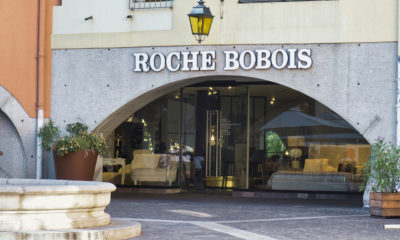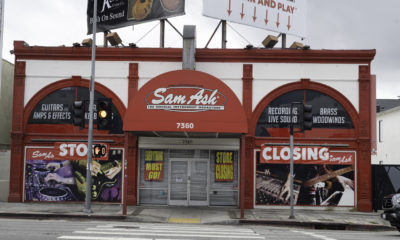Headlines
Back to the ‘Burbs: Some Retailers Exit Downtown
Large brands opt to put smaller stores in outlying areas

Advertisement
Advertisement
MasterClass: ‘Re-Sparkling’ Retail: Using Store Design to Build Trust, Faith and Brand Loyalty
HOW CAN WE EMPOWER and inspire senior leaders to see design as an investment for future retail growth? This session, led by retail design expert Ian Johnston from Quinine Design, explores how physical stores remain unmatched in the ability to build trust, faith, and loyalty with your customers, ultimately driving shareholder value.
Presented by:
Ian Johnston
Founder and Creative Director, Quinine Design
-
Special Reports2 weeks ago
VMSD’s Retail Design Firm Resource Guide
-
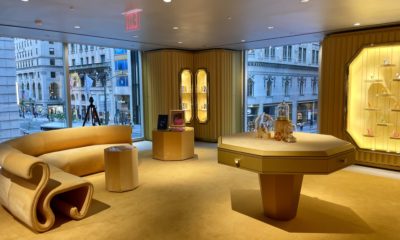
 Eric Feigenbaum1 week ago
Eric Feigenbaum1 week agoCrystal Clear
-
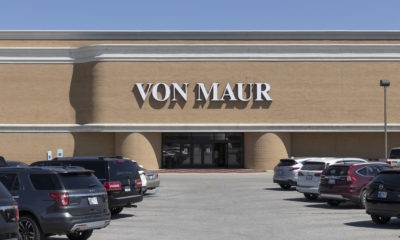
 Headlines1 week ago
Headlines1 week agoVon Maur Undertakes $100M Reno Plan
-

 Headlines2 weeks ago
Headlines2 weeks agoSkechers Debuts Concept Store in Brussels
-

 Headlines2 weeks ago
Headlines2 weeks agoBlackstone to Buy Tropical Smoothie Café
-

 Headlines1 week ago
Headlines1 week agoWalmart Health Centers Are Closing
-
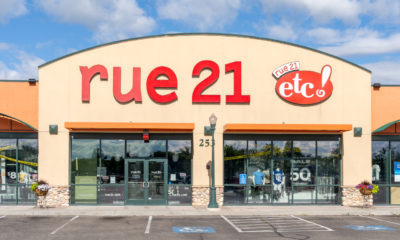
 Headlines6 days ago
Headlines6 days agoRue 21 Closing All Stores: Report
-

 Blogs & Perspectives1 week ago
Blogs & Perspectives1 week agoThe Power of an Employee Value Proposition

